In the quest to explore the potential yield of strawberry plants, understanding the productivity of a single plant becomes crucial. The question of how many strawberries one plant can produce is not only a matter of curiosity but also holds practical implications for farmers, researchers, and enthusiasts alike. By closely examining the factors influencing strawberry productivity, ranging from genetic variations to environmental conditions, this article aims to shed light on the intricate dynamics of strawberry cultivation and provide insights into the potential yield that can be expected from a solitary plant.
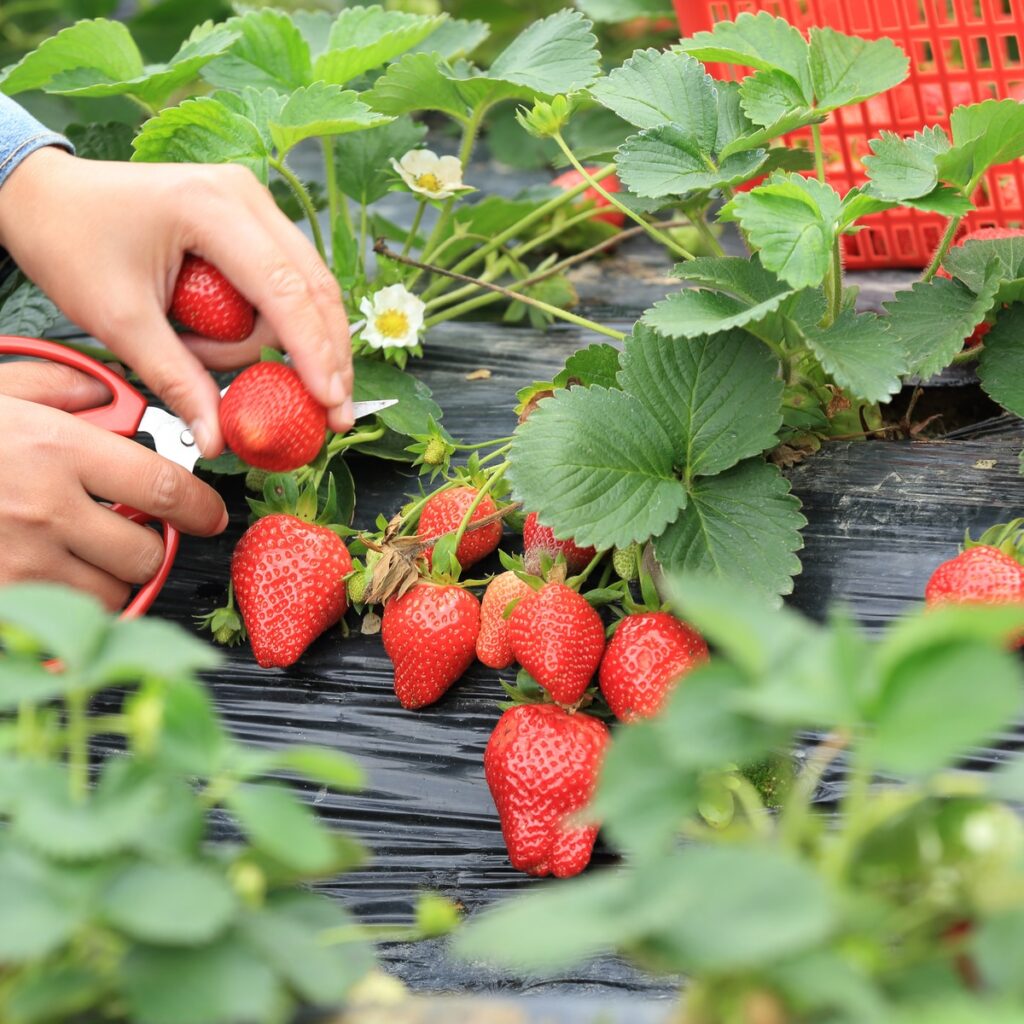
Factors Affecting Strawberry Yield
Climate and Weather
The climate and weather conditions play a crucial role in determining strawberry yield. Strawberries thrive in temperate climates with an average annual temperature of 60 to 80 degrees Fahrenheit. Extreme temperatures, such as frost or heatwaves, can negatively impact strawberry plants and reduce their yield. Additionally, consistent rainfall is essential for optimal growth and fruit development.
Soil Type and Quality
The type and quality of soil have a significant influence on strawberry yield. Strawberries prefer well-drained soil with a pH level between 5.5 and 7.0. Sandy loam soil is considered ideal for strawberry cultivation as it provides proper drainage while retaining sufficient moisture. Adequate organic matter, such as compost or peat moss, should be added to the soil to improve its fertility and water-holding capacity.
Plant Variety
The choice of plant variety greatly affects the strawberry yield. Different varieties have varying characteristics, such as fruit size, sweetness, and resistance to diseases. It is important to select a variety that is well-suited to the local climate and growing conditions for optimal yield and quality of strawberries.
Plant Age
The age of strawberry plants can also impact their yield. Younger plants, during their establishment phase, tend to produce fewer fruits compared to mature plants. It is advisable to allow strawberry plants to reach maturity before expecting significant yields. Regularly replacing older plants with young ones can help maintain consistent strawberry production.
Growing Practices
The cultivation techniques and practices employed can greatly influence strawberry yield. Proper spacing between plants and rows is essential to ensure adequate sunlight penetration, airflow, and access for plant maintenance. Planting systems, such as raised beds or matted rows, can also impact strawberry yield due to variations in nutrient availability and water distribution.
Growth Stages of Strawberry Plants
Establishment Phase
The establishment phase is the initial stage of strawberry growth, typically lasting for 4 to 6 weeks after planting. During this phase, the plants focus on root development and acclimatization to their new environment. Strawberry plants in the establishment phase do not produce many flowers or fruits, as their energy is primarily directed towards root establishment.
Vegetative Growth Phase
After the establishment phase, the plants enter the vegetative growth phase. This stage involves the rapid development of leaves, runners, and overall plant growth. The plants produce an abundance of new leaves and runners, which helps in spreading the plants and forming a dense strawberry patch. However, fruit production is still limited during this stage.
Flowering and Fruit Set Phase
The flowering and fruit set phase is a critical stage in strawberry growth where flowers develop and pollination occurs. The plants produce flower clusters known as inflorescences, each containing multiple flowers. It is important to provide optimal growing conditions, including adequate sunlight, temperature, and pollination support, during this stage to maximize fruit set.
Ripening Phase
The ripening phase is the final stage of strawberry growth, characterized by the development and maturation of the fruit. As the strawberries ripen, they change color and become sweeter. Proper harvesting techniques and timing are crucial during this phase to ensure optimum yield and flavor.
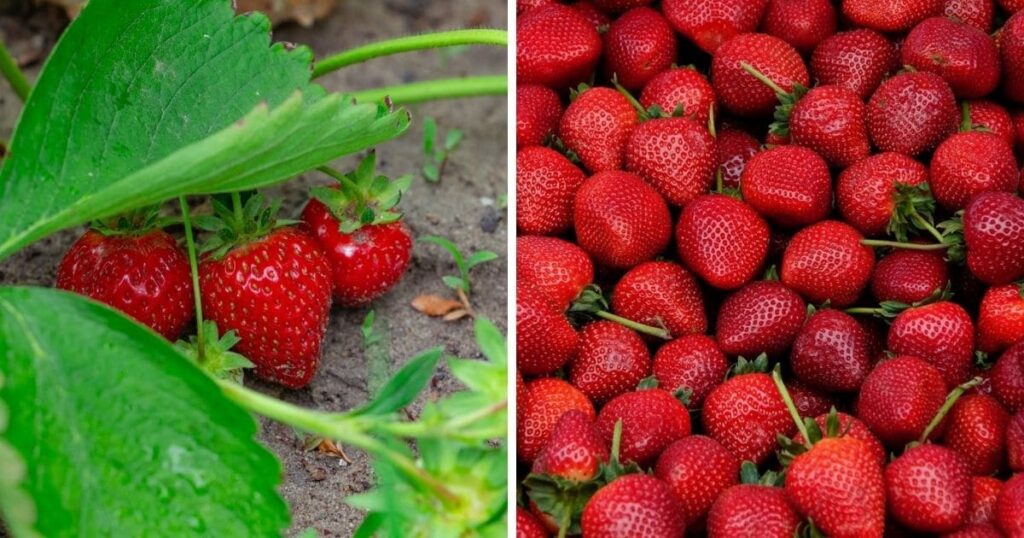
Average Strawberry Yield per Plant
Determinate vs Indeterminate Plants
Strawberry plants can be classified as determinate or indeterminate based on their growth habit and fruiting pattern. Determinate plants produce a single large crop of strawberries during a specific period, typically in early summer. Indeterminate plants, on the other hand, continuously produce smaller quantities of strawberries throughout the growing season, from spring to fall. This distinction in growth habit affects the average yield per plant, with indeterminate plants generally yielding more fruit over a more extended period.
June-Bearing Strawberries
June-bearing strawberries are a type of determinate strawberry plants known for their abundant fruit production during late spring to early summer. These plants typically produce a large crop of strawberries over a relatively short period, usually lasting 2 to 3 weeks. June-bearing strawberries have the potential to yield a higher quantity of strawberries per plant compared to other varieties due to their concentrated fruiting period.
Everbearing Strawberries
Everbearing strawberries, also known as day-neutral strawberries, produce multiple smaller crops of strawberries throughout the growing season. These plants have the ability to flower and fruit continuously under favorable growing conditions. While the individual harvests may be smaller, everbearing strawberry plants have the potential to yield a comparable or higher total fruit quantity per plant compared to June-bearing varieties.
Day-Neutral Strawberries
Day-neutral strawberries are another type of everbearing strawberries that can produce fruit throughout the growing season with less dependence on daylight length. These plants have a longer fruiting period, extending from spring to fall. Day-neutral strawberries have the potential to yield a high quantity of strawberries per plant due to their extended harvest window.
Factors Affecting Strawberry Plant Density
Spacing Between Plants
The spacing between strawberry plants affects plant density, which can impact the overall yield. Proper spacing ensures adequate airflow and sunlight penetration, reducing the risk of fungal diseases and optimizing fruit development. For June-bearing strawberries, a spacing of 12-18 inches between plants is recommended, while day-neutral and everbearing varieties can be spaced slightly closer together.
Spacing Between Rows
The spacing between rows also plays a role in strawberry plant density. Wider spacing is typically preferred for good airflow and ease of maintenance. For June-bearing strawberries, a row spacing of 36-48 inches is recommended, while day-neutral and everbearing strawberries can be placed slightly closer together with a row spacing of 24-36 inches.
Planting Systems
Different planting systems, such as raised beds or matted rows, can affect strawberry plant density. Raised beds allow for better drainage and increased soil temperature, which can promote healthier plant growth and higher yields. Matted rows, on the other hand, involve allowing strawberry runners to spread and form a dense mat of plants, resulting in higher plant density and potentially higher yields per unit area.
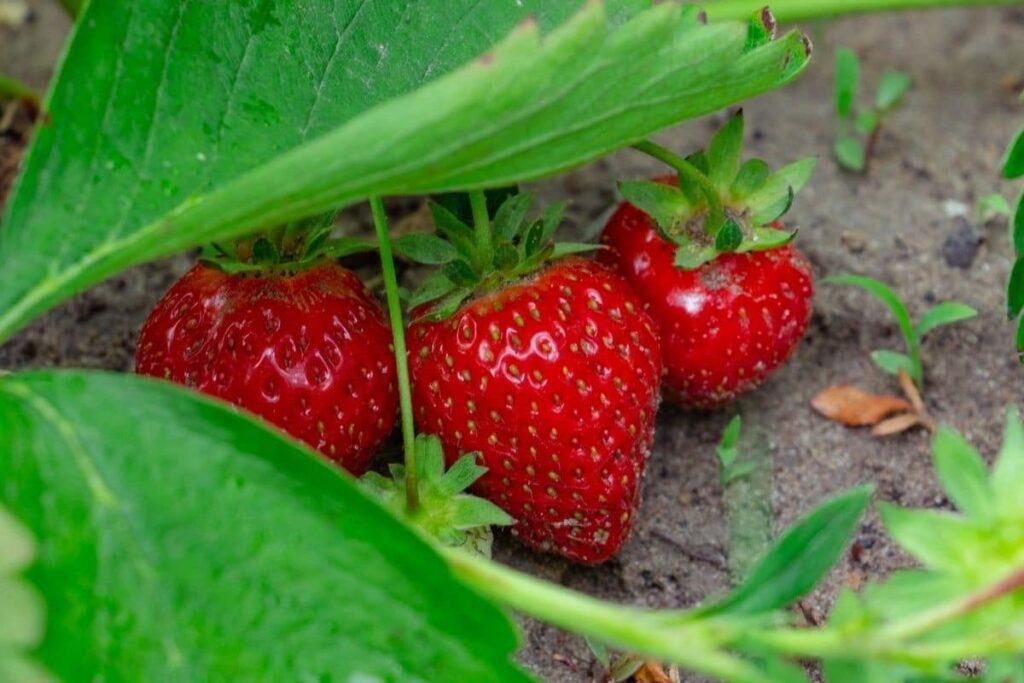
Harvesting and Maximizing Strawberry Yield
Optimal Harvesting Time
Timing is crucial when it comes to harvesting strawberries to optimize yield. Strawberries should be harvested when they are fully ripened and have reached their peak flavor and sweetness. Waiting too long to harvest can lead to overripe or spoiled berries, reducing yield. Regular monitoring and harvesting at the right time ensures that plants continue to produce new flowers and fruits throughout the season.
Proper Harvesting Techniques
Proper harvesting techniques are essential to maximize strawberry yield and minimize damage to the plants and fruits. Each strawberry should be carefully hand-picked, grasping the fruit near the stem and gently twisting it to detach from the plant. Using clean, sharp shears or scissors can also be an option for harvesting multiple strawberries simultaneously. It is important to handle the harvested strawberries with care to avoid bruising or crushing, which can reduce their quality and market value.
Maintaining Plant Health
Maintaining optimal plant health is crucial for maximizing strawberry yield. Regularly inspecting plants for signs of disease or pest infestation and promptly addressing any issues can help prevent yield losses. Providing proper nutrition, adequate water, and managing weed pressure are also essential for ensuring the overall health and vigor of strawberry plants.
Fertilization and Irrigation
Proper fertilization and irrigation are key factors in maximizing strawberry yield. Nutrient deficiencies can negatively impact plant growth and fruit development. Regular soil testing and nutrient management practices can help ensure that strawberry plants receive the necessary nutrients for optimal yield. Adequate irrigation, balancing moisture levels, and preventing water stress are also crucial for promoting healthy plant growth and fruit set.
Pest and Disease Management
Effective pest and disease management are essential for increasing strawberry yield. Common pests that affect strawberry plants include aphids, spider mites, and slugs, among others. Implementing integrated pest management strategies, such as cultural controls, biological controls, and judicious pesticide use, can help control pest populations and minimize yield losses. Regular scouting and monitoring for signs of diseases, such as gray mold or powdery mildew, can also facilitate timely interventions and prevent the spread of diseases.
Tips for Increasing Strawberry Yield
Providing Adequate Sunlight
Strawberries require at least 6-8 hours of direct sunlight daily to thrive and produce high yields. Ensure that the planting location is chosen in an area that receives ample sunlight throughout the day. Pruning neighboring plants or trees that cast shade over the strawberry patch can also help increase sunlight exposure and promote better fruit production.
Ensuring Proper Soil Drainage
Good soil drainage is vital for healthy strawberry plants and higher yields. Poorly drained soil can lead to root rot and other diseases, reducing plant vigor and fruit yield. When planting strawberries, make sure to choose a well-drained site or implement raised beds to improve drainage. Amending the soil with organic matter, such as compost or peat moss, can also enhance soil structure and drainage capabilities.
Regular Pruning and Thinning
Regular pruning and thinning of strawberry plants are necessary to maintain plant health and maximize yield. Removing old, diseased, or damaged foliage helps prevent the spread of diseases and pests. Thinning out excessive runners and overcrowded plants allows for better airflow and light penetration, reducing the risk of fungal diseases and promoting larger, healthier fruits.
Feeding and Mulching
Proper nutrition is vital for increasing strawberry yield. Applying balanced fertilizers, rich in essential nutrients like nitrogen, phosphorus, and potassium, helps promote vigorous plant growth and fruit production. Mulching around strawberry plants with straw, wood chips, or plastic mulch helps conserve soil moisture, suppress weeds, and maintain stable soil temperatures, leading to healthier plants and higher fruit yields.
Protecting Plants from Extreme Temperatures
Extreme temperatures can negatively impact strawberry plants and reduce yield. Providing protection during frost events or heatwaves is crucial for maintaining plant health and fruit production. Techniques such as covering plants with frost blankets, providing shade cloth during hot periods, or using row covers can safeguard strawberry plants from extreme temperatures and ensure optimal yield.
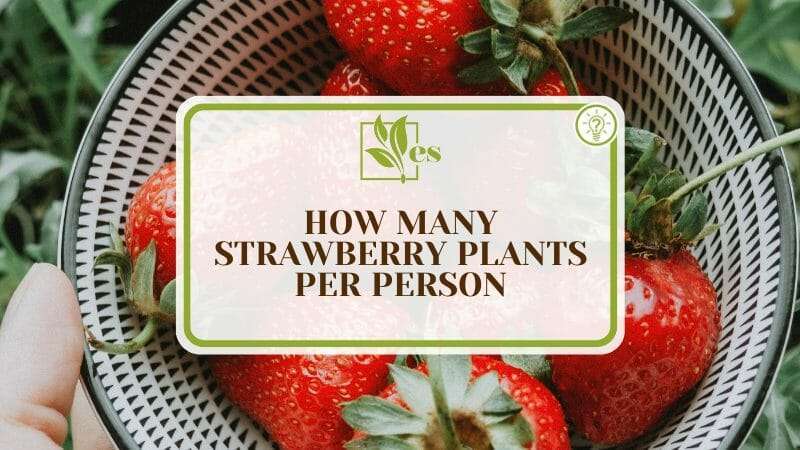
Best Strawberry Varieties for High Yields
Albion
Albion is a popular strawberry variety known for its high yield potential. It is a day-neutral variety, meaning it can bear fruit continuously throughout the growing season. Albion produces large, sweet strawberries with good shelf life, making it a preferred choice for both home gardeners and commercial growers.
Chandler
Chandler is another well-regarded strawberry variety known for its high yield and exceptional flavor. It is a June-bearing variety, producing a concentrated crop of large, juicy strawberries in early summer. Chandler strawberries are firm with excellent sweetness, making them ideal for fresh consumption and processing purposes.
Sweet Charlie
Sweet Charlie is a day-neutral strawberry variety that is prized for its high yield potential and exceptional sweetness. It produces consistently large-sized strawberries, making it a popular choice among both home gardeners and commercial strawberry growers. Sweet Charlie strawberries have an aromatic flavor profile, ideal for fresh eating and culinary purposes.
Seascape
Seascape is a versatile strawberry variety known for its high yield and disease resistance. It is a day-neutral variety that produces medium to large-sized strawberries with a well-balanced flavor. Seascape strawberries have excellent flavor and firmness, making them suitable for fresh consumption, freezing, and processing.
Aromas
Aromas is a June-bearing strawberry variety renowned for its exceptional flavor and high yield potential. It produces large, firm, and aromatic strawberries that are well-suited for fresh eating. Aromas strawberries have a vibrant red color and a well-balanced sweet-tart taste, making them a favorite among strawberry enthusiasts.
Commercial Strawberry Production
Factors Influencing Commercial Yield
Commercial strawberry production involves various factors that influence yield. These factors include climate and weather conditions, optimal soil quality, appropriate plant variety selection, and adherence to recommended agricultural practices. Commercial growers need to carefully manage these factors to maximize strawberry yield and ensure profitability.
Importance of Crop Management
Efficient crop management practices play a vital role in commercial strawberry production. This includes regular monitoring of plant health, timely irrigation and fertilization, proper pest and disease management, careful pruning and thinning, and effective weed control. Implementing sound crop management strategies helps maintain plant vigor, minimize yield losses, and ensure the production of high-quality strawberries.
Mechanized Harvesting and Cultivation
In commercial strawberry production, mechanization has been increasingly adopted to improve efficiency and yield. Mechanized cultivation techniques enable farmers to easily plant and maintain large-scale strawberry fields, while mechanized harvesting aids in timely and efficient fruit collection. Mechanical harvesters gently remove ripe strawberries from plants, significantly reducing labor costs and improving overall productivity.
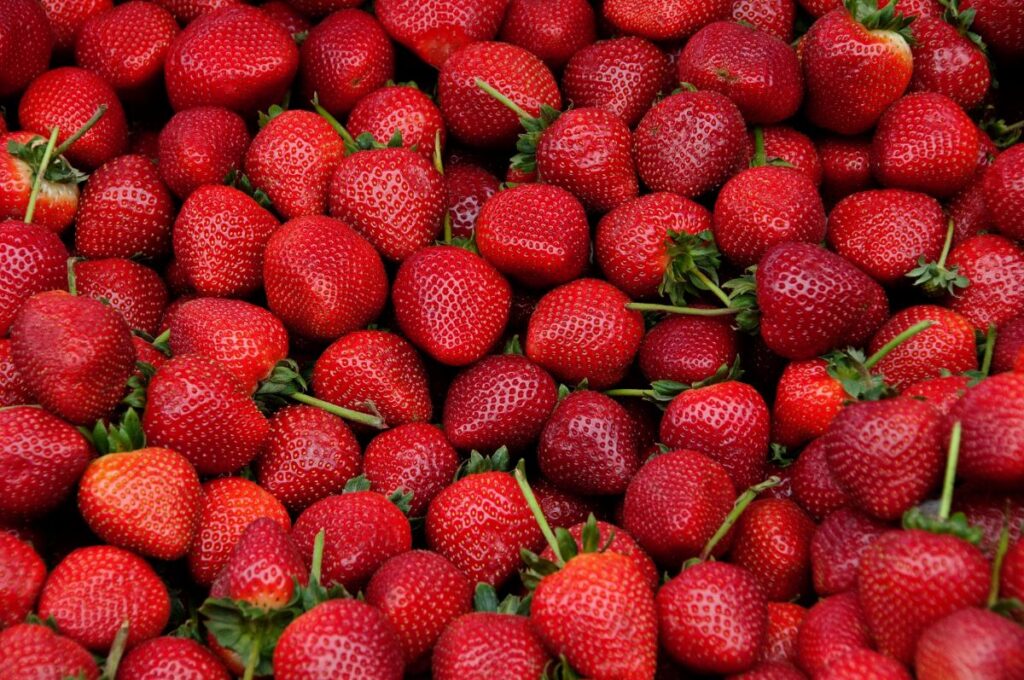
Exceeding Expectations: Record-Breaking Strawberry Yields
Notable Examples of High Strawberry Yields
Several examples of record-breaking strawberry yields have been achieved by growers around the world. These remarkable accomplishments often result from the application of advanced cultivation techniques, strategic crop management practices, and the use of high-yielding strawberry varieties. Notable examples include farms in California, Spain, and Japan, where exceptional yields of strawberries have been consistently achieved.
Methods and Practices Used
The methods and practices used to achieve record-breaking strawberry yields often involve a combination of factors. These include careful selection of high-yielding strawberry varieties, optimal climate and weather management, precise irrigation and nutrient management, efficient pest and disease control, precise cultivation techniques, and rigorous adherence to recommended agricultural practices. Furthermore, these growers often employ advanced technologies and innovative farming practices to maximize yield potential.
Lessons for Home Gardeners
While commercial strawberry production may differ in scale and complexity, home gardeners can still learn valuable lessons from record-breaking strawberry yields. Implementing proper cultivation techniques, including selecting high-yielding varieties, providing optimal growing conditions, managing pests and diseases effectively, and following recommended practices, can greatly enhance strawberry yield in home gardens. By adopting similar strategies and employing attention to detail, home gardeners can achieve higher yields and enjoy an abundance of sweet, homegrown strawberries.
Conclusion
Maximizing strawberry yield involves considering various factors such as climate, soil type, plant variety, growing practices, and harvesting techniques. The growth stages of strawberry plants, average yield per plant, plant density, and tips for increasing yield all contribute to the overall productivity of strawberries. Selecting the best strawberry varieties for high yields and understanding the commercial production dynamics can further enhance strawberry yield. By following recommended practices and taking lessons from exceptional yields achieved by other growers, both commercial farmers and home gardeners can achieve bountiful strawberry harvests.



